|
The foundation of High AQ is the ability to provide six answers (High AQ Practice 1). My AQ is a series of articles that feature business executives that provide six answers to important topics and questions. Jason Langford Brown used AQ to help a 20-year-old big ticket project management company sell to the board of an international resort. Engineers at the client firm were tasked with presenting to the board, something they were not comfortable doing. Jason helped his client develop six answers the engineers used to answer pressing why-, what-, and how-questions. The result... the engineers won the deal and two others from the same client valued at $2.5 million in total fees. They are also now discussing more than 10 additional projects. Each answer by itself relates to a specific question. If you take all the answers together, it is the cumulative and reinforcing aspect of the answers that communicate the value proposition of a selling organization. The AQ framework provided the engineers important preparation for a board level conversation as well as a dynamic tool to help them adjust their answers as the conversation naturally shifted to different types of questions. WHAT is your service?
WHY should we buy from you?
HOW do we work with you?
WHAT is your service?
Concept
Metaphor
Concept
Metaphor
WHY should we buy from you?
Theory
Story
Theory
Story
HOW do we work with you?
Procedure
Action
Procedure
Action
0 Comments
The foundation of High AQ is the ability to provide six answers (High AQ Practice 1). My AQ is a series of articles that feature business executives that provide six answers to important topics and questions. Jim Naro is a Predictive Index Partner and Business Partner of Customer Centric Selling. Jim cares about his clients. So often caring is an empty-phrase. Not for Jim. He has six answers to demonstrate he cares for his clients. Each answer by itself relates to a specific question. If you take all the answers together, it is the cumulative and reinforcing aspect of the answers that communicate authenticity. WHAT is caring?
WHY is caring important?
HOW do I care?
WHAT is caring?
Concept
Metaphor
Concept
Metaphor
WHY is caring important?
Theory
Story
Theory
Story
HOW do I care?
Procedure
Action
Procedure
Action
|
Access Octomono Masonry Settings
AuthorDr. Brian Glibkowski is the author of Answer Intelligence: Raise your AQ. Archives
October 2022
Categories
All
|
About AQ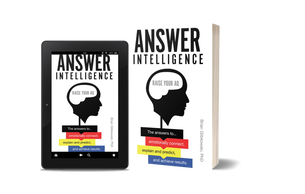
Answer Intelligence (AQ)™ is the ability to provide elevated answers to explain and predict in a complex world, emotionally connect, and achieve results. Are you conversation ready?
Meet HarperHarper's story illustrates the transformative power of AQ in her own career and in the success of her organization.
|
AQ Upskilling PlatformAI is machine thinking. AQ is human thinking (developed based on academic research) in terms of simple questions (why, what, how, when, where, who) and answers (concept, metaphor, theory, story, procedure, action) that elevate human-to-AI and human-to-human communication.
|
Quick Access LinksBuy the Book
Explore AQ (Free Assessment) AQ TEDx Video Professional Services Firms + AQ Brian Glibkowski, PhD - AQ Creator Meet Harper - Overview Video Meet Mark - Software Case Reasons You Need AQ |
Featured |

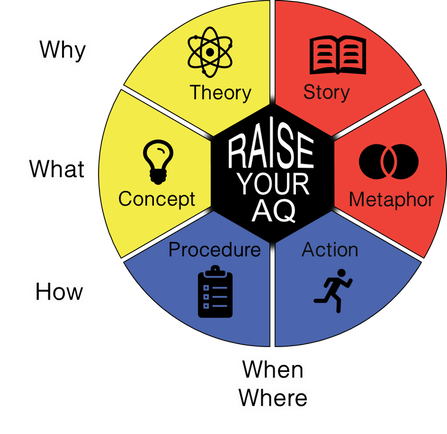
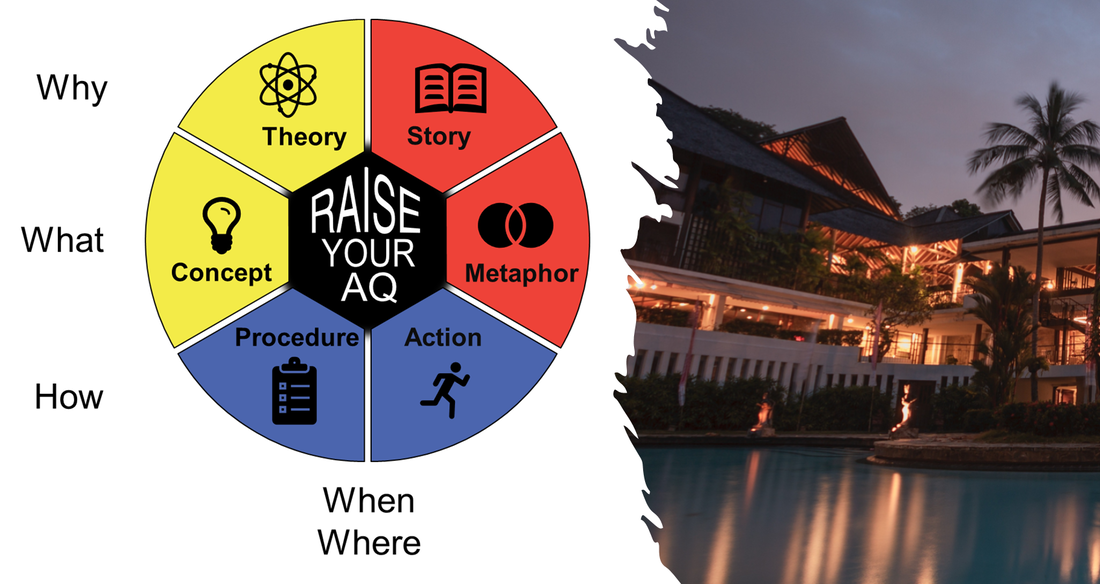
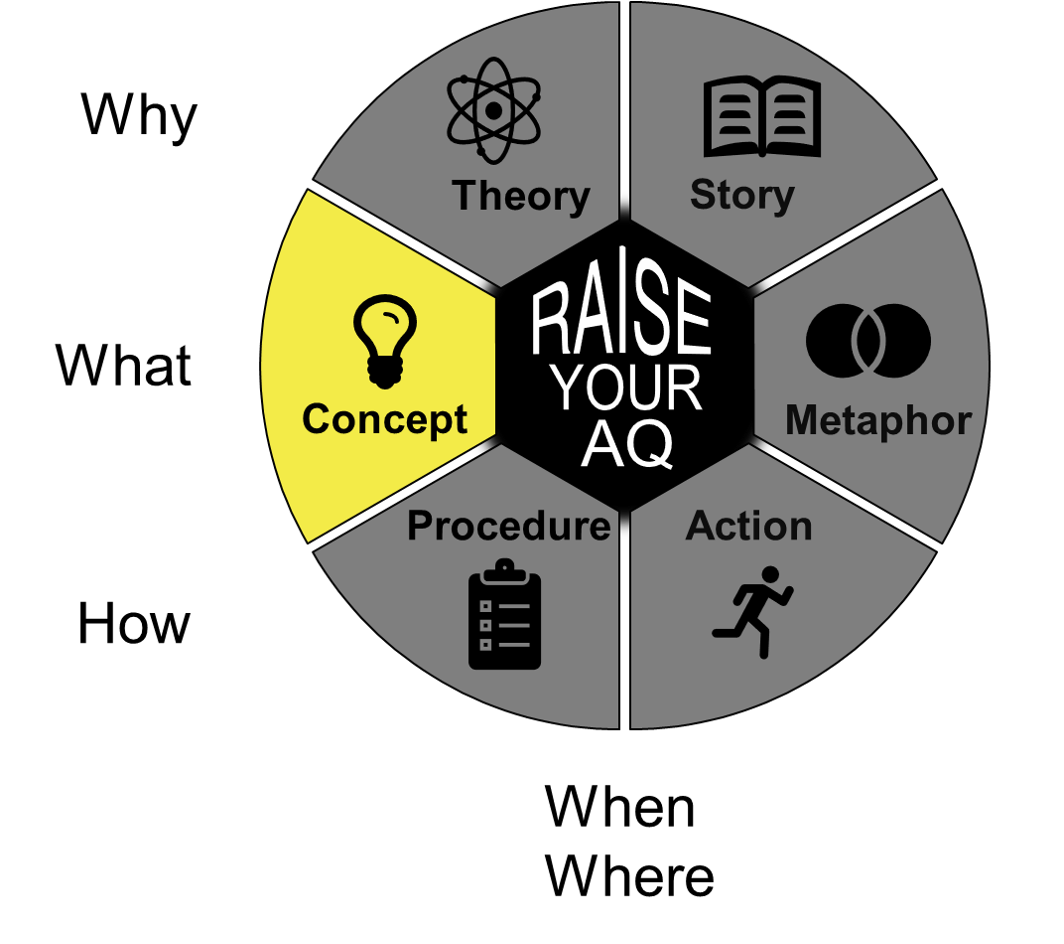
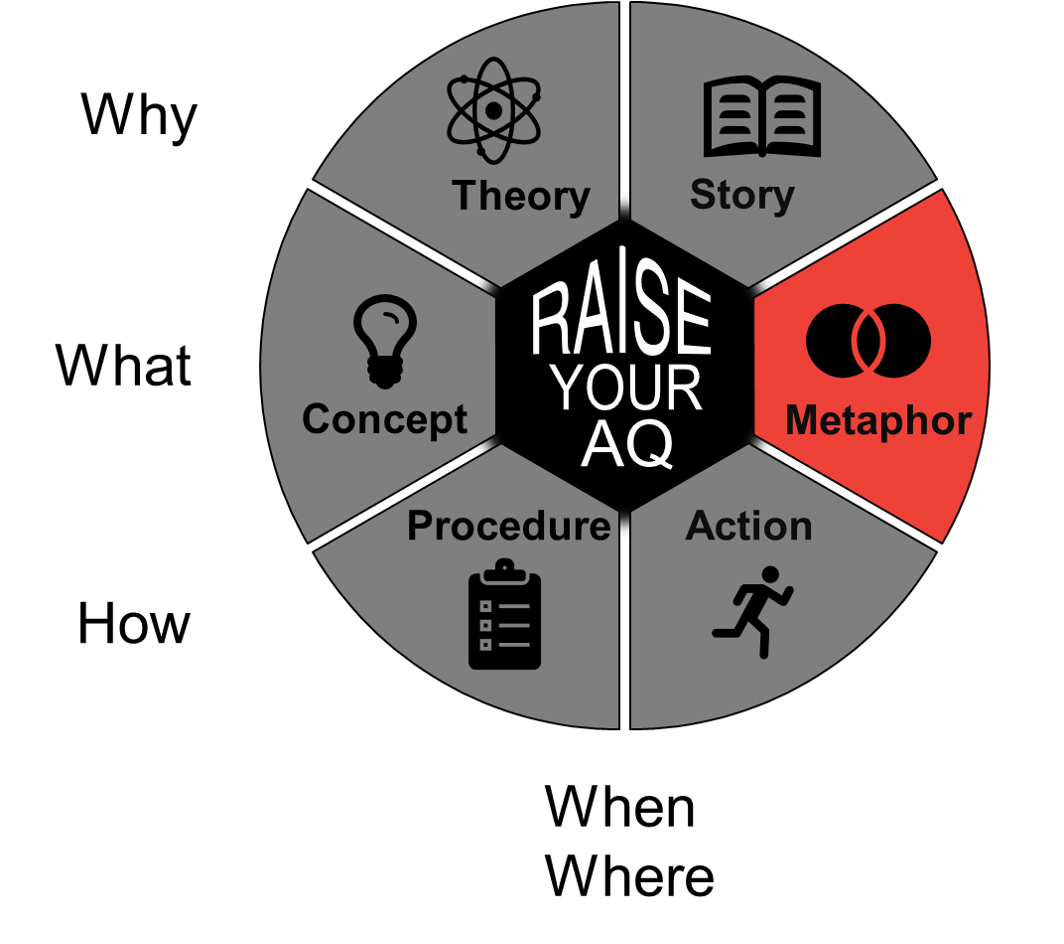
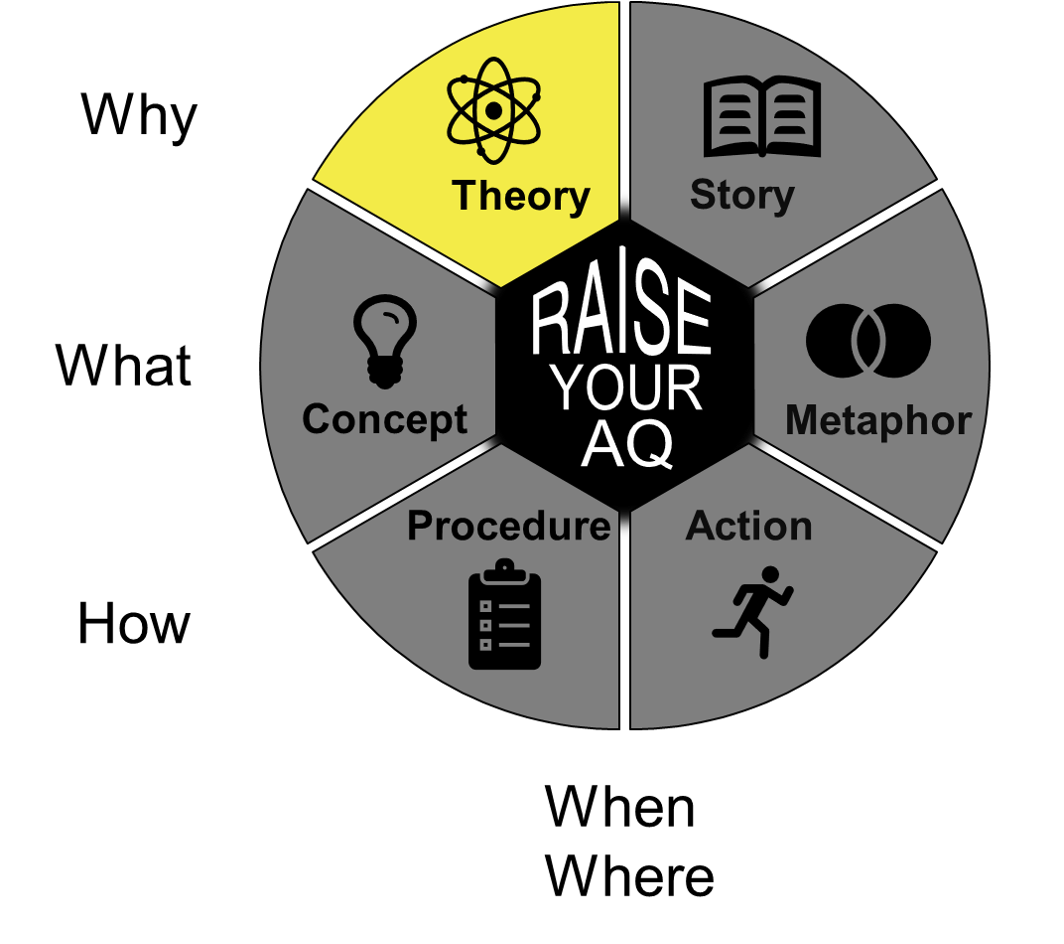
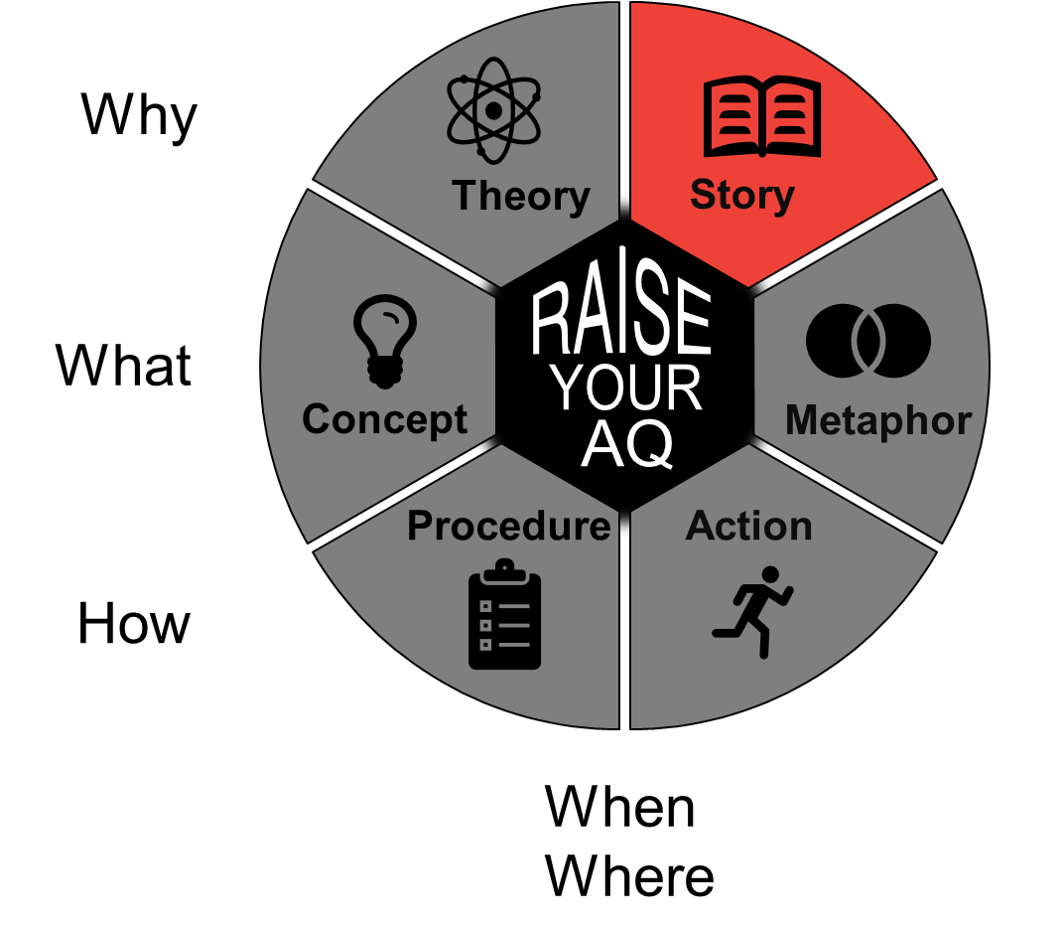

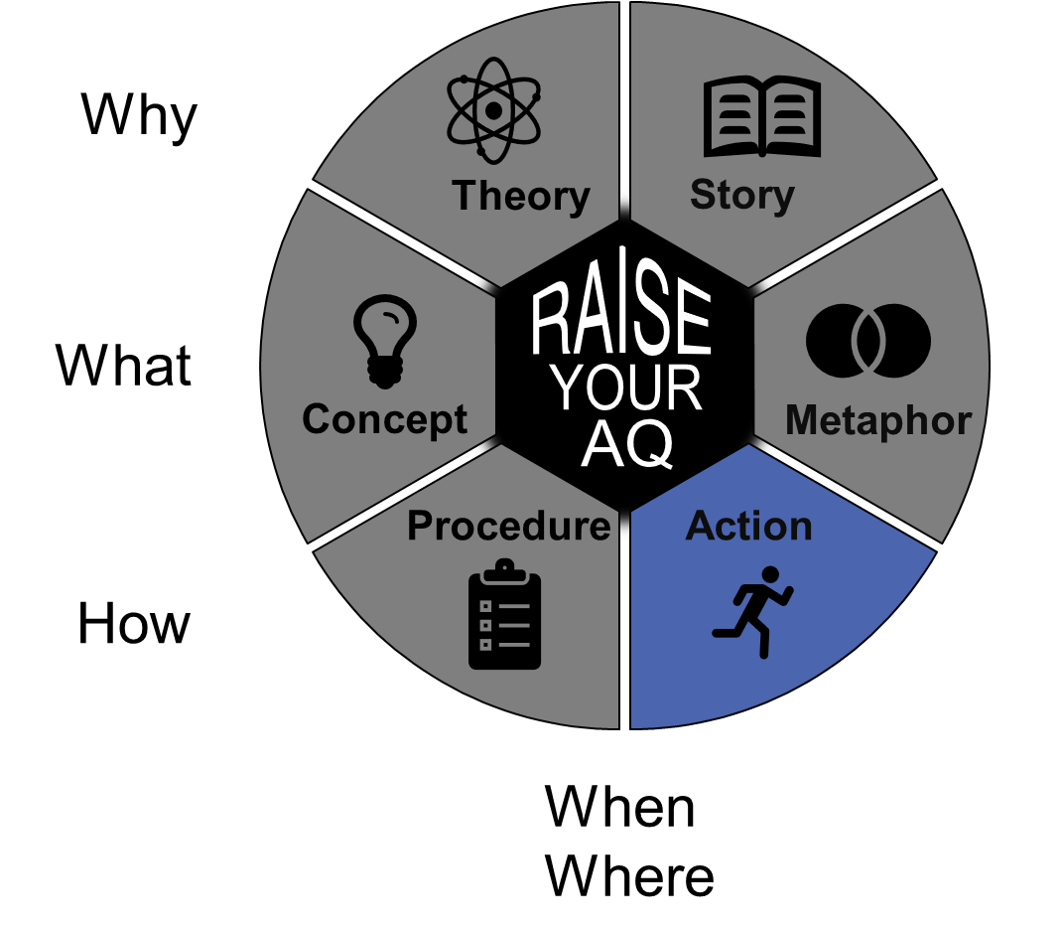
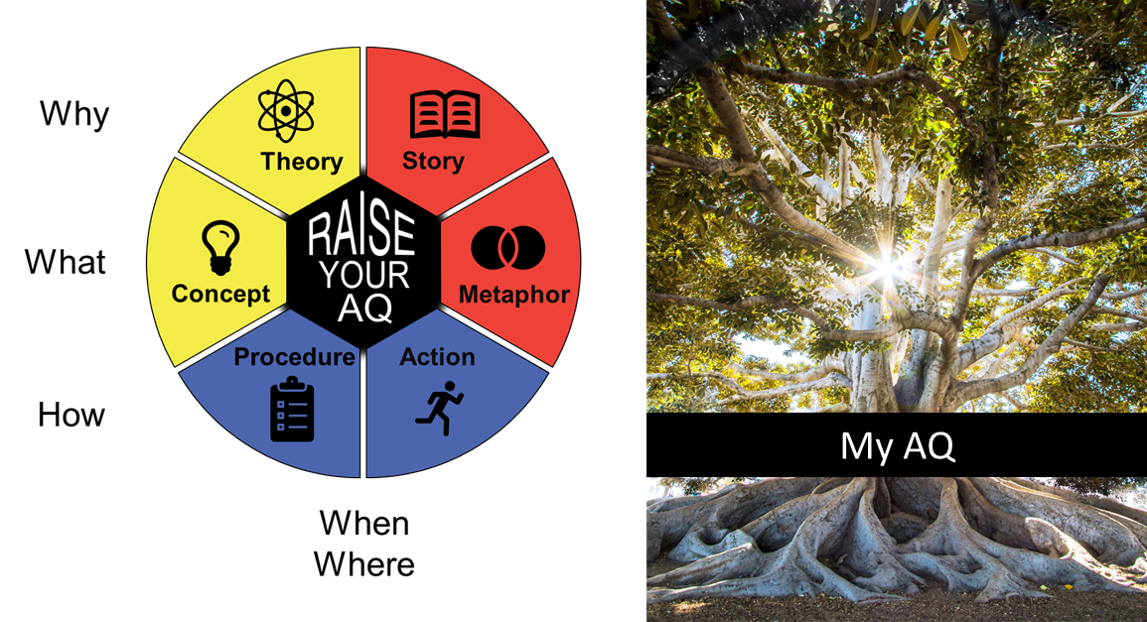
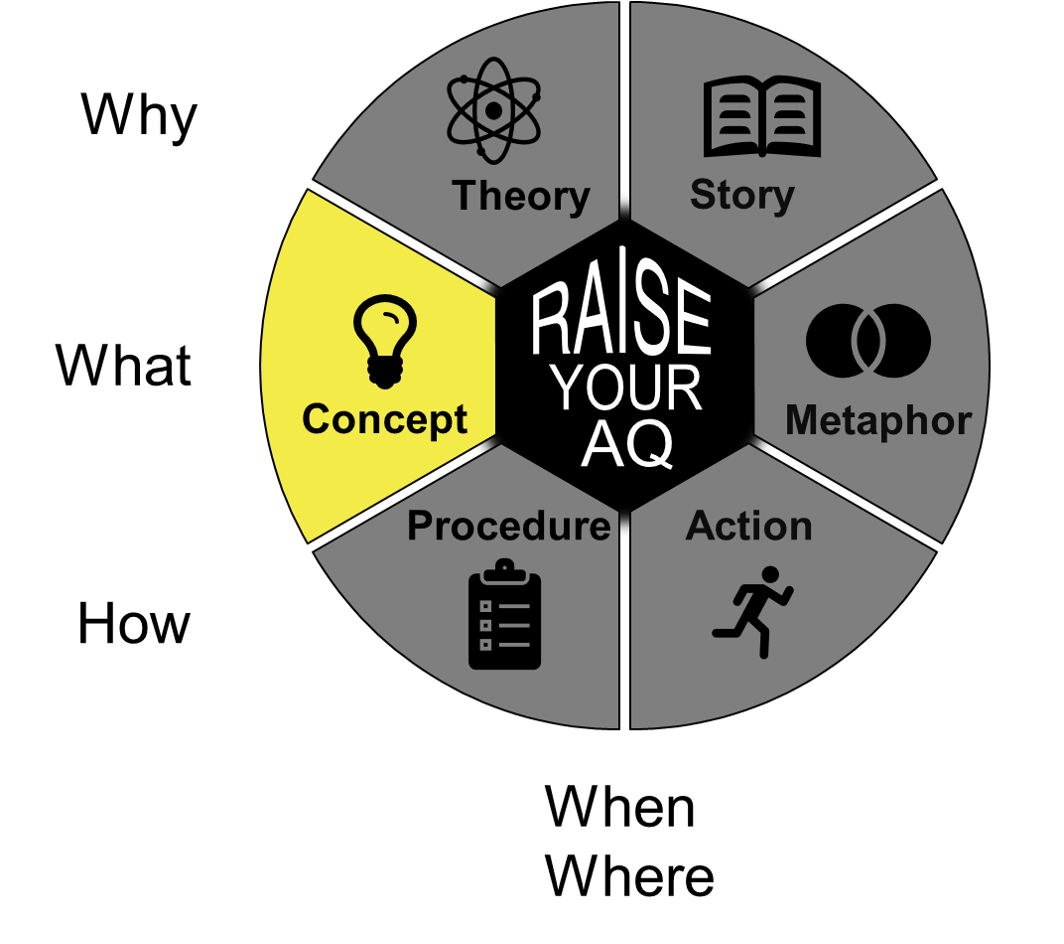
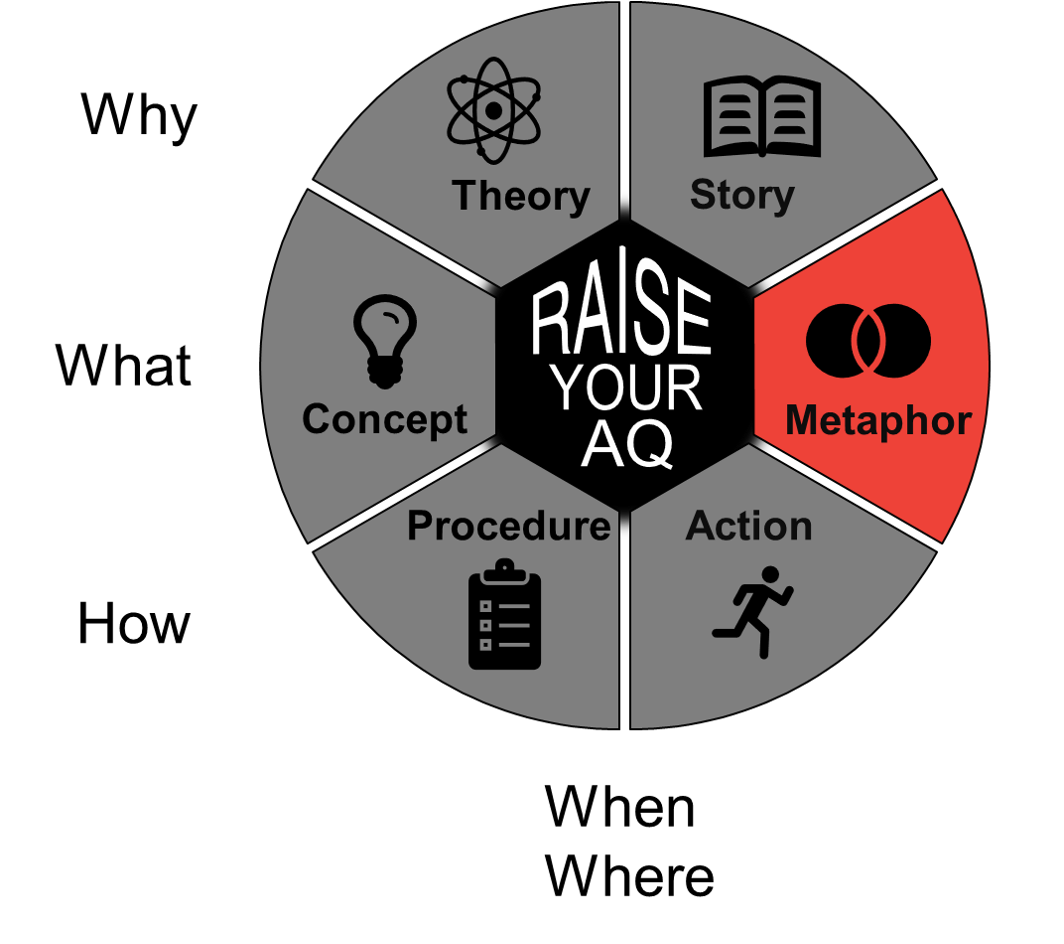
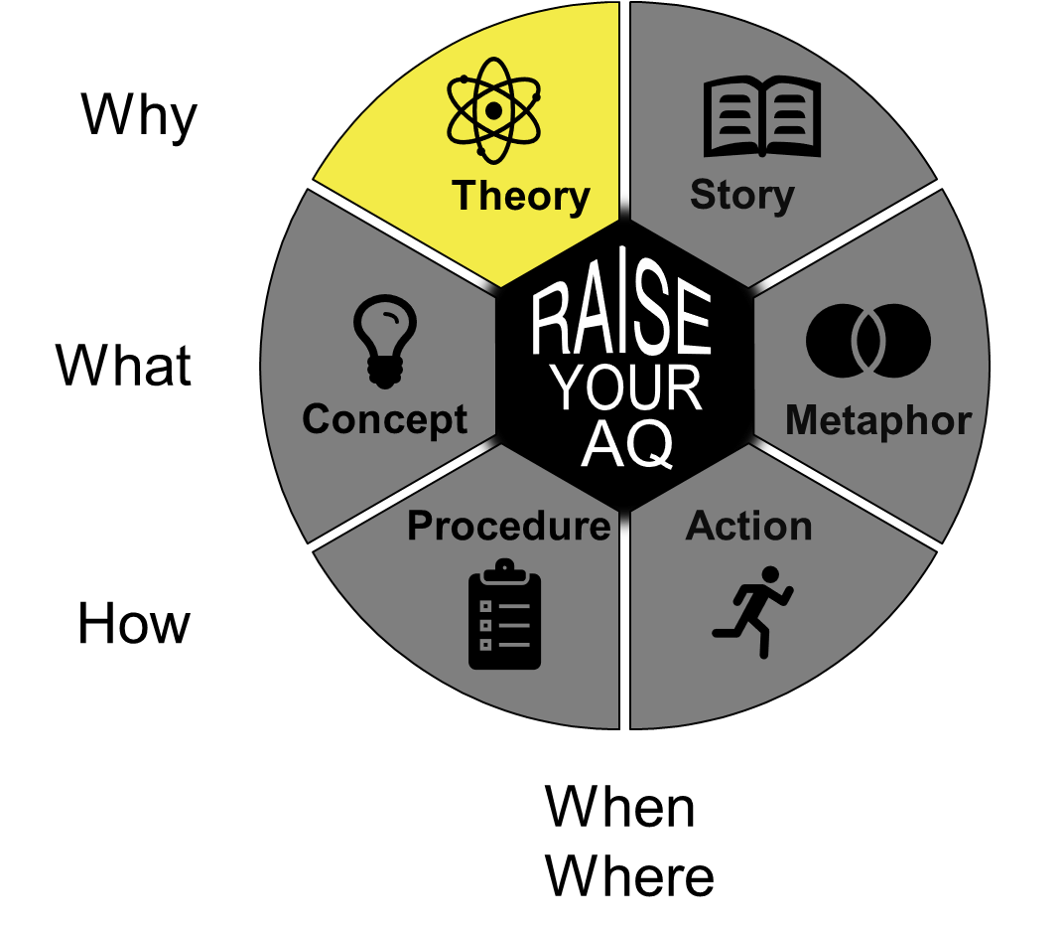
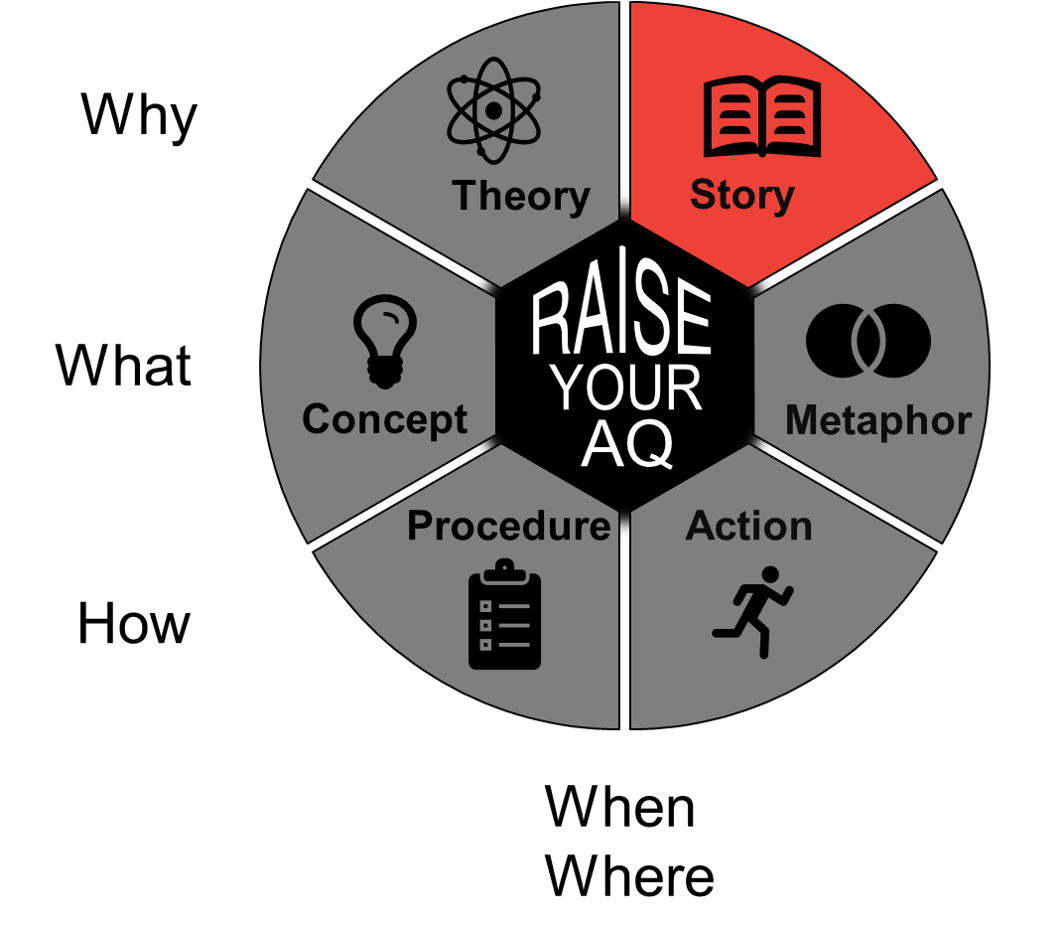
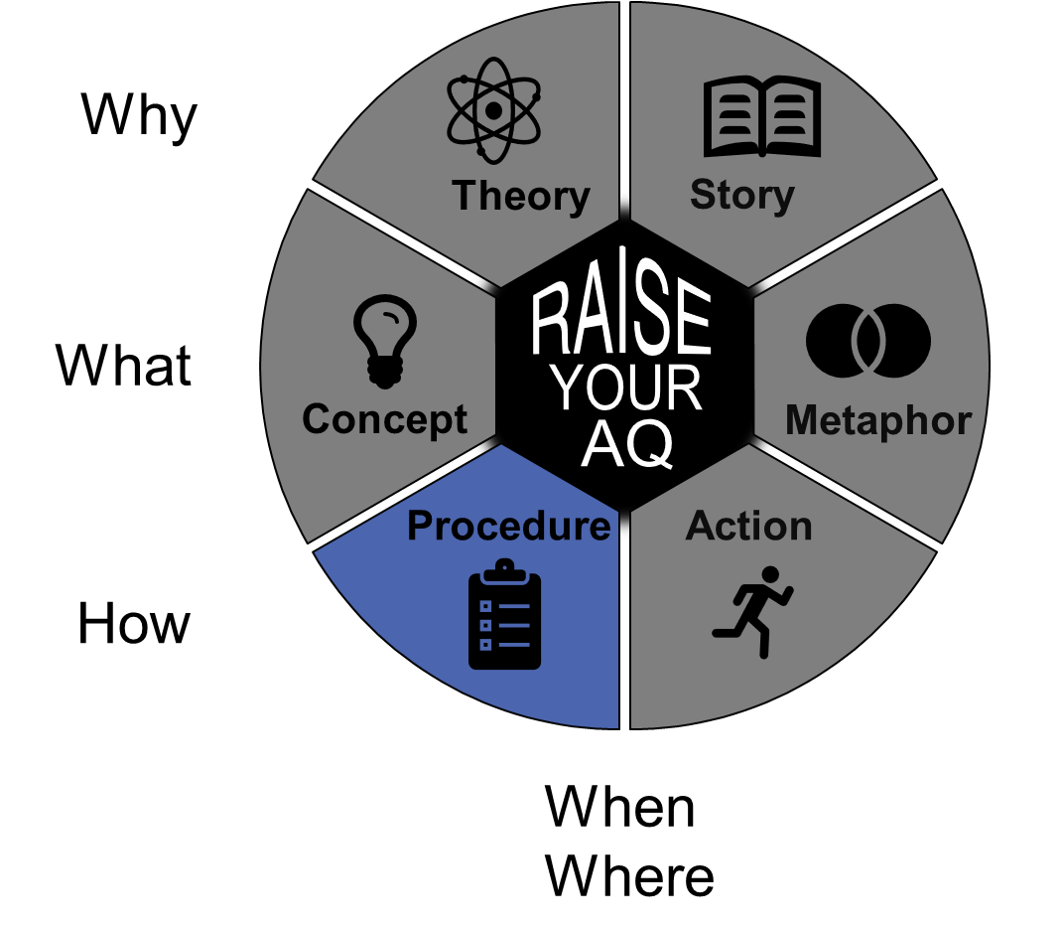
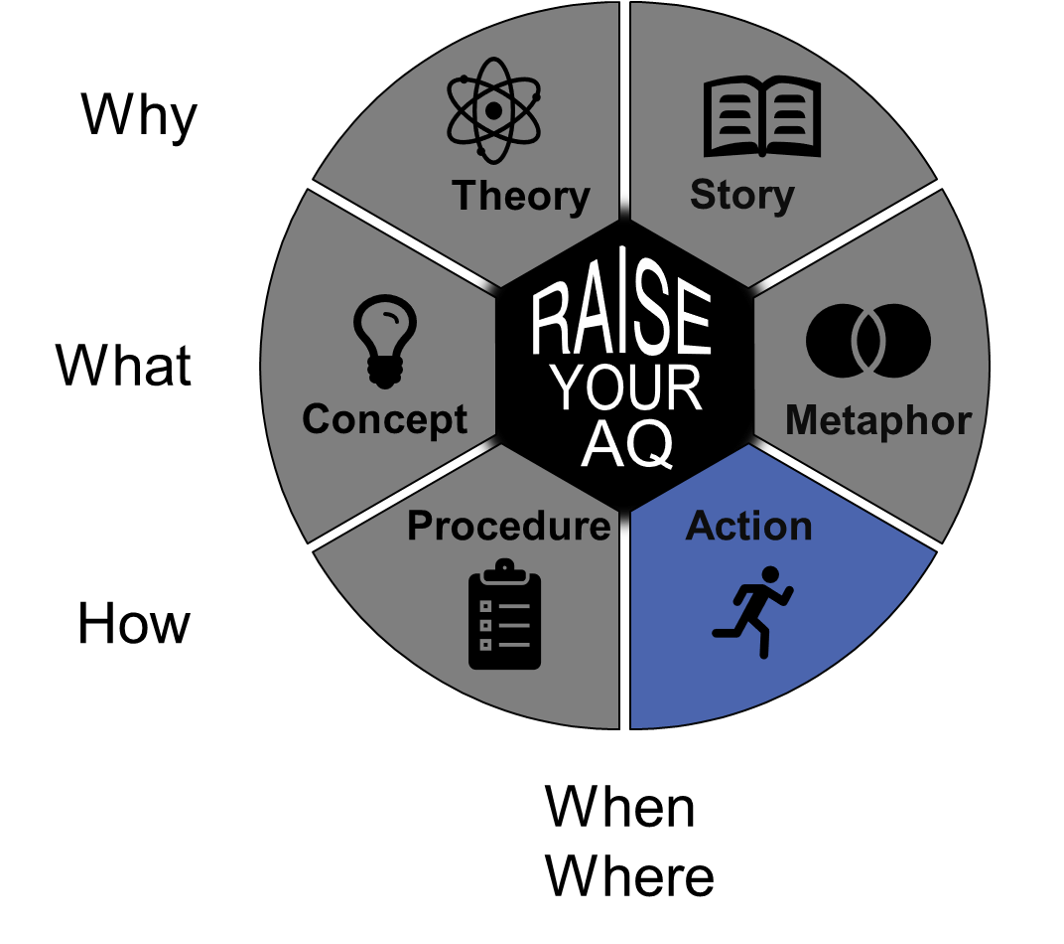

 RSS Feed
RSS Feed